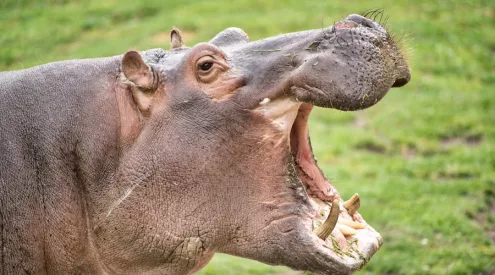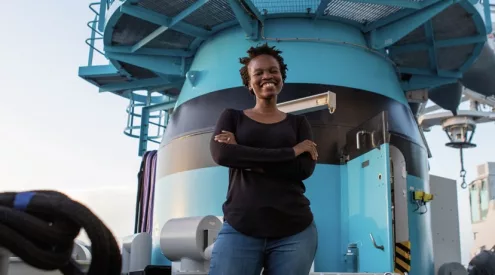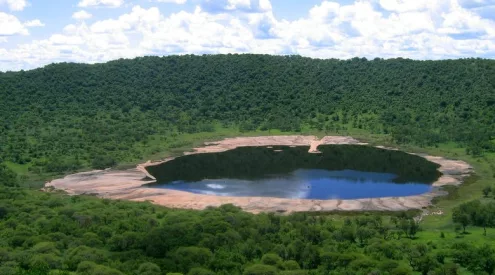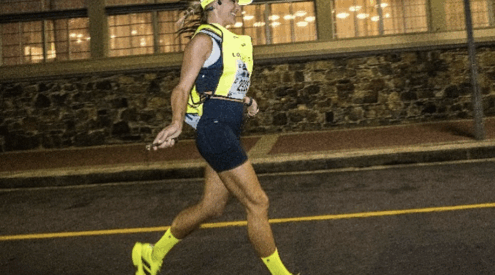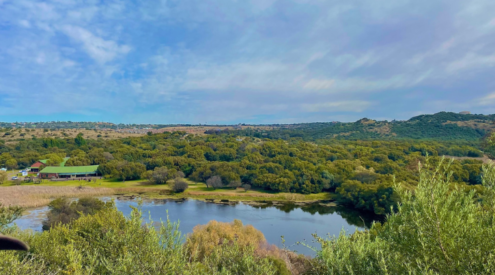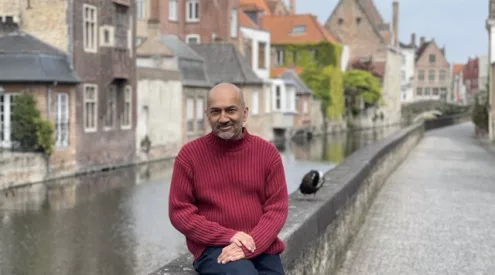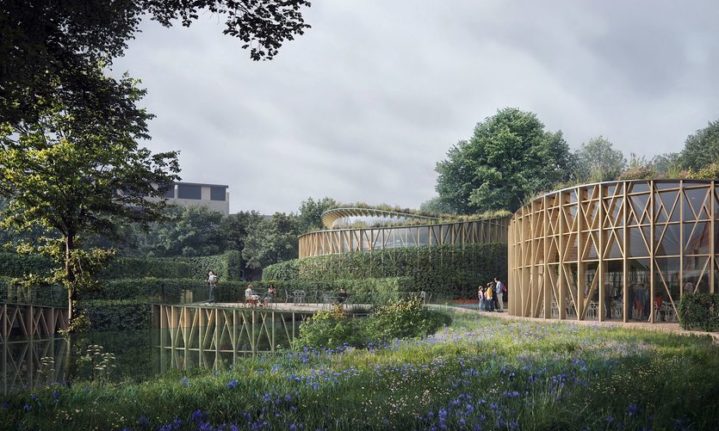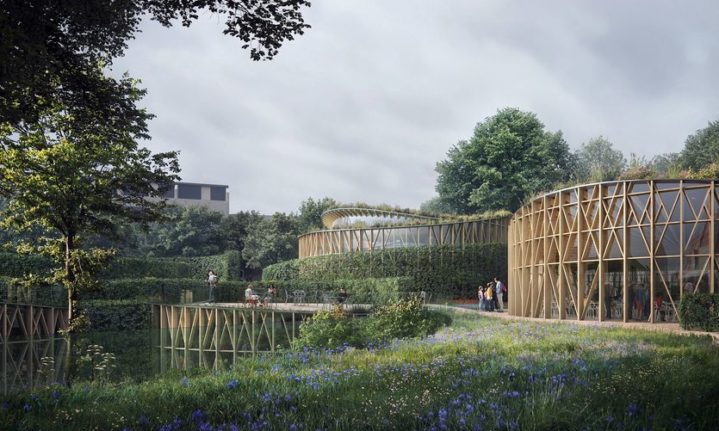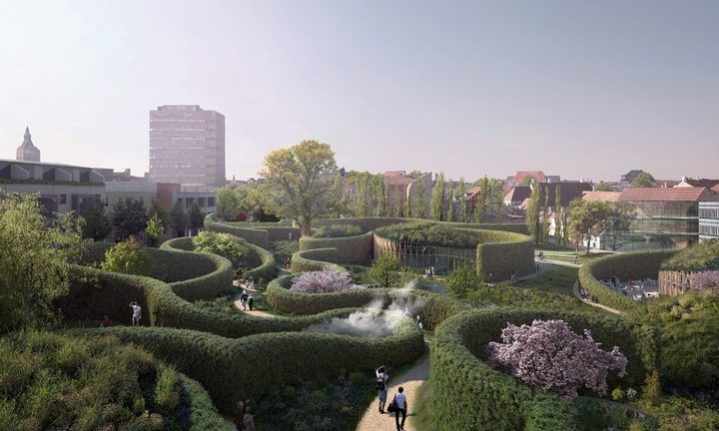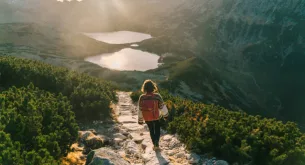Hans Christian Andersen died 146 years ago but his tales have stood the test of time. A museum dedicated to the author is opening in Odense, Denmark in 2021 to celebrate his life and work.
‘As such, the new museum will provide a space for the pursuit of puzzlement, the imagination and magic adventures, all of which will provide food for thought and create new perspectives on ourselves, on nature and society – both for the Danish and the international visitors of all ages that rush to Odense every year to experience the birthplace of the poet, which will also be part of the new museum,’ said the H.C. Andersen’s House official website.
Bringing the museum to life is Japanese star architect Kengo Kuma and funding donated by The A.P. Møller Foundation.
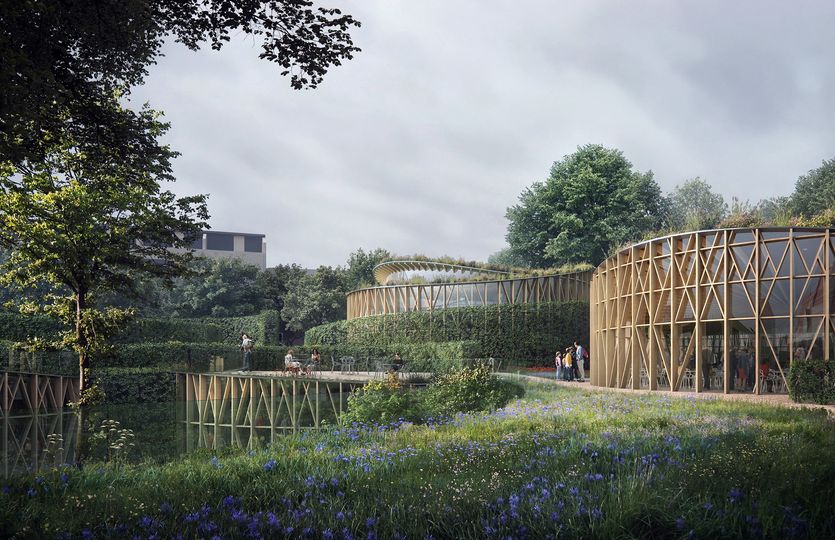
His works include The Snow Queen, The Ugly Duckling, The Emperor’s New Clothes, The Steadfast Tin Soldier, The Nightingale, The Princess and the Pea, The Little Mermaid, Thumbelina and The Little Match Girl. Image: HC Andersens Hus
‘The idea behind the architectural design resembled Andersen’s method, where a small world suddenly expands to a bigger universe,’ explains Kengo Kuma.
Kuma drew inspiration from Andersen’s fairytale ‘The Tinderbox’ for the design of the museum.
‘We have to dive into the fairytales as the very first thing because they are what everyone knows. The idea is not to retell the stories, but rather to communicate their familiarity and inspire further reading of Andersen,’ says Torben Grøngaard Jeppesen, the head of Odense City Museums.
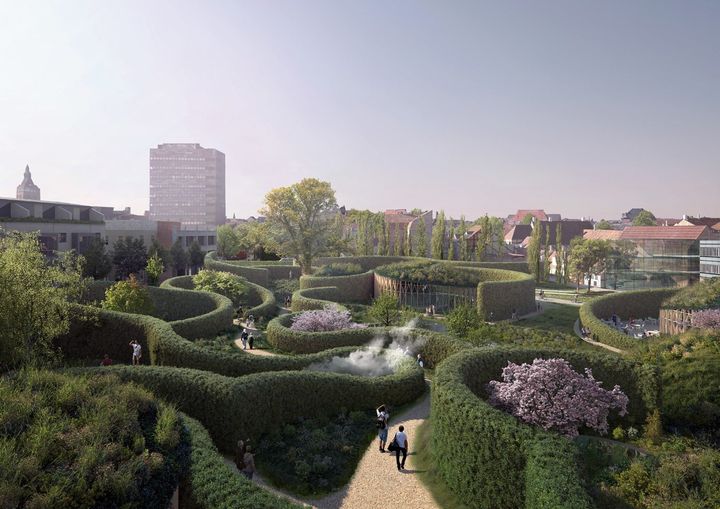
The museum site covers an area of 5,600 square meters and contains a children’s house and an underground museum, which intertwines with a surrounding magical garden. Image: HC Andersens Hus
The idea of the museum is to bring to life Andersen’s literary universe through a complete artistic experience.
This will be achieved through architecture, sound, light and a reel of images that will create unique encounters between visitors and Andersen’s fairytales.
‘Hans Christian Andersen’s artistic universe is fantastic, because it reverses how you imagine this world you thought you knew, but without putting anything else in its place. His fairytales do not point towards a universal truth, but rather into the open – towards the peculiarity and multiplicity of the world. In the new museum, we maintain this ambiguity by using Andersen’s own artistic strategies as the starting point for how the garden, the house and the exhibition have all been shaped, as well as for the many artistic contributions that will also be part of the museum,’ explains Creative Director of the new museum, Henrik Lübker.


